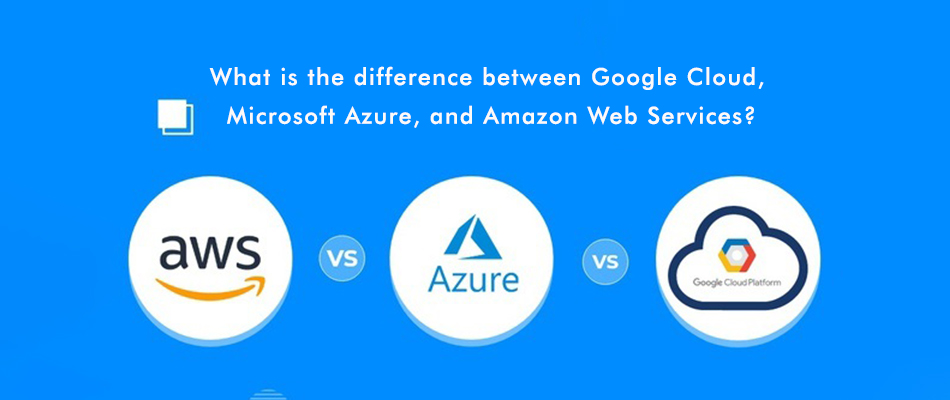OpenShift is a leading name when it comes to hosting critical applications among enterprises on a global level. Every application team aims for their applications to achieve high availability. And only a professional can do that after completing their Red Hat OpenShift training and certification program.
In this blog, we are going to take you through a unique aspect of the OpenShift, one that you need to know to succeed in this field. We are going to take a closer look at the deployment strategies in Red Hat OpenShift.
We are curious creatures by nature. Anyone who is a part of the tech world is more so because of the ever-changing technologies. It is important to stay UpToDate with the changing trends if you want to stay ahead of your competitors in the tech world.
This blog will help you sail through the various aspects of deployment strategies in Red Hat OpenShift. Let us begin!
What are Deployment Strategies?
There are a lot of things to know about in OpenShift. The one thing that we are going to focus on today is deployment strategies.
But what exactly are those? Well, here is what you need to know!
A deployment strategy, in simple terms, is how you upgrade or change an application. The goal is to make this change happen without experiencing any downtime so that the user barely finds out about the improvements.
One of the most commonly adopted strategies is using a blue-green deployment.
The blue version is the newer version. Till the time it is get tested and evaluated, the green version, which is considered to be the more stable one, is used by the users. Once the blue version gets ready, the users are switched there. In case of any problems, they are switched back to the green one.
Another common strategy picked alternatively is using the A/B versions. In this, both the versions are active simultaneously in such a manner that some users are on one version and some are on the other. It is usually used for experimenting various features such as the user interface changes to get user feedback. The A/B strategy also comes in handy when verifying the proper operation amid a production context in the scenario that the problem’s impact is only limited a certain number of users.
The route-based deployment strategies are not responsible for scaling the quantity of pods in the services. Deployment configurations might be needed to be scaled in order to maintain the desired performance characteristics.
Another aspect you should know about is the canary deployment. It tests the new version. However, in case any problems are detected, it swiftly goes back to the previous version. It applies with both blue/green deployment and A/B strategy.
What to Consider while choosing a Deployment Strategy?
There are certain things on which you need to pick your deployment strategy. Here are a few of them you should consider.
- Database conversions can sometimes be complex. These must be done and then rolled back with the application.
- It is essential to have the right infrastructure to carry this out.
- It is important to gracefully handle long-running connections.
- In case you have a non-isolated test environment, breaking both new and old versions is possible for you.
- A downtime might become essential for completing the transition if the application is a hybrid between traditional and microservices components.
Readiness checks are employed to the deployment strategy to determine whether a new pod is ready for use or not. In the case the readiness check fails, the DeploymentConfig object gets retired and runs the pod until timeout.
The default timeout is 10m.
Let is take a look at the deployment configuration-based strategies that you should know about.
- Rolling Strategy and Canary Deployments
- Custom Strategy
- A/B Deployment & Canary Deployments using routes
- Recreate Strategy
- Blue-Green Deployment using routes
- One Service, Multiple Deployment Configurations
It is time to begin scooping each of these for a little more detail. Let us begin to understand them.
Rolling Strategy & Canary Deployments
The rolling strategy is the default strategy that is used in the case the deployment configuration does not have any specified strategy.
In rolling deployment, the instances of the new version slowly and gradually replace the instances of the previous version of the application. Readiness checks are used for determining whether new pods are ready or not before they scale down the old components. The rolling deployments can also be aborted in the case of a significant issue.
All rolling deployments that happen in OpenShift Container Platform are referred to as canary deployments.
When should we use a Rolling Deployment?
Rolling deployment should be used when –
- Your application supports have a new code and an old code running simultaneously
- You do not wish to take a downtime during your application update
Custom Strategy
With Custom strategy, you get to provide you own deployment behaviour.
Let us give you an example of the Custom strategy:
strategy:
Type: Custom
customParams:
image: organization/strategy
command: [ “command”, “arg1” ]
environment:
- Name: ENV_1
Value: VALUE_1
As per the example given above, organization/strategy container image offers the deployment behaviour. The command array is optional and overrides any CDM directives that are specified in the image’s Dockerfile.
customParams is used for injecting the custom deployment logic along the existing deployment strategies.
Recreate Strategy
The recreate strategy is known to have basic rollout behaviour. It provides lifecycle hooks to help inject codes into the deployment process.
Here is an example of the recreate strategy-
strategy:
type: Recreate
recreateParams: 1
pre: {} 2
mid: {}
post: {}
Here,
1 – recreateParams are optional
2 – pre, mid, and post are lifecycle hooks
When should we use a Recreate Deployment?
It is very important to know when to use which deployment. Here are some of the scenarios wherein you should be using a recreate deployment.
- You should opt for recreate deployment if you are not in the favour of having both old and new versions of the applications code being run simultaneously.
- If you have to run migrations or other similar data transformations prior to starting your new code.
- When you wish to make use of a RWO volume that is not supported being shared amid various replicas.
It is to be noted that recreate deployment leads to a brief downtime as no instances of your application run.
Get Started Now!
Red Hat OpenShift is definitely a course for the future. And making it big in the tech world requires you to work in such a manner that you get ready for the future today.
Thus, the best thing you can do to ensure a successful career in the IT sector is to begin your training and certification course now. Since we are talking about your career here, it is important to go only with the very best. Thus, the only name we can think of is Grras Solutions.
Getting started with Grras Solutions will ensure you get what you deserve and work hard for. This is the institute that has helped hundreds of students till date in making a name for themselves in this highly competitive world.
With the training from a leading institute, you will be able to gain not just skills and knowledge but also the confidence to do big things in life. At Grras Solutions, you will be learning and growing under the guidance of some of the best trainers in the country.
Red Hat OpenShift is a skill to have for a successful future and that is why it is the right time to begin. As a leading institute, you will find yourself amid surrounded by professionals always willing to help you become the best. And that is one of the best things to have.
At Grras Solutions, you will be working on live projects to gain additional skills. This institute is a big believer of learning while doing and that is why it always promotes its students to get handy and work on all the opportunities that come their way.
For any individual to find success in this ever-changing, highly-competitive world, it is essential to have the right knowledge and skills. At Grras Solutions, that is exactly what you unlock. One of the key aspects of enrolling here is that you get job assistance. Thus, you will not be alone in your quest to find the right job after the completion of your training and certification.
You will be given proper guidance by experts. Even during your course, you will be provided with soft skills and personality development classes. These will help you get better acquainted with how to conduct yourself during an interview and after. Resume writing is a key skill that you will learn as a part of our grooming sessions.
So, what are you waiting for? A successful career in the field of Red Hat OpenShift awaits you. All you need to do is that this one, very crucial step today!



































 Whatsapp us
Whatsapp us Call us
Call us





